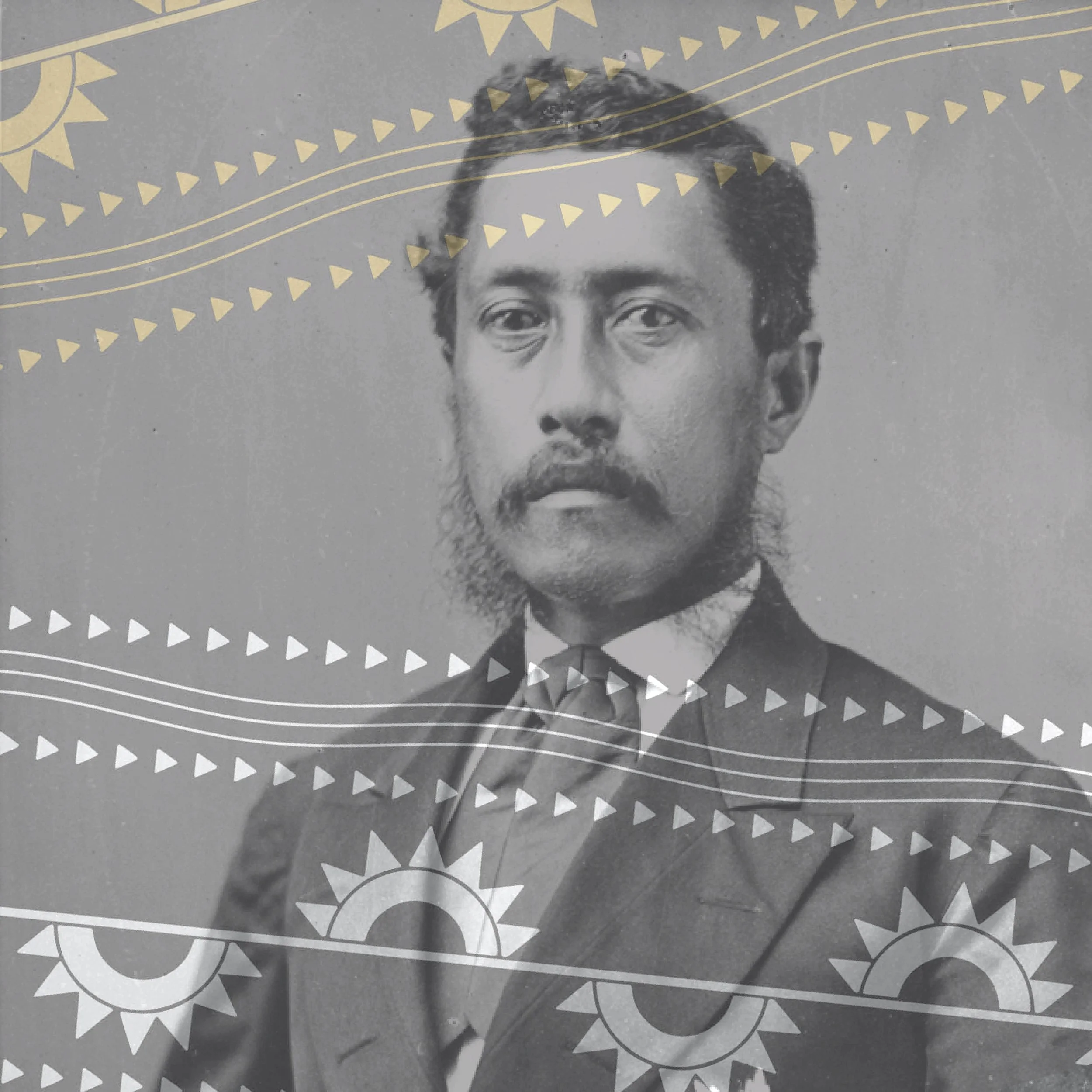Cultural & Historical Significance of Waipouli
Waipouli is more than a place — it is part of a storied landscape rich in culture, history, and ancestral memory. This ʻāina has long held significance for Native Hawaiians, and its legacy continues to shape the identity of Kauaʻi today. The information below honors the deep roots of Waipouli and its connection to generations past.
King William Charles Lunalilo
Waipouli, situated on Kauaʻi's east side within the ahupuaʻa of the Puna moku, is part of the esteemed Royal Coconut Coast. This region holds deep ancestral importance, having been a center for aliʻi (chiefly) governance, spiritual practices, and traditional birthing sites. The nearby Wailua River, nourished by Mount Waiʻaleʻale, has long been considered sacred, supporting ancient heiau (temples) such as Hikinaakalā and Holoholokū, and serving as a vital source of sustenance and cultural life for generations .
Historically, the land encompassing Waipouli was part of the Lunalilo Trust, established by King William Charles Lunalilo—the first elected monarch of Hawaiʻi. His trust aimed to support Native Hawaiians, particularly the elderly and those in need. Over time, much of the trust's landholdings were sold, with only a portion remaining under its care today.
The current redevelopment initiative seeks to honor this rich heritage by returning the land to Native Hawaiian stewardship through the Department of Hawaiian Home Lands. This effort aspires to restore a sense of place, cultural continuity, and community rootedness for kanaka maoli (Native Hawaiians).



